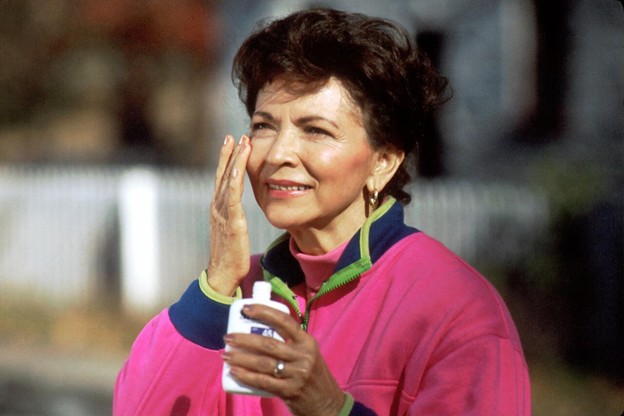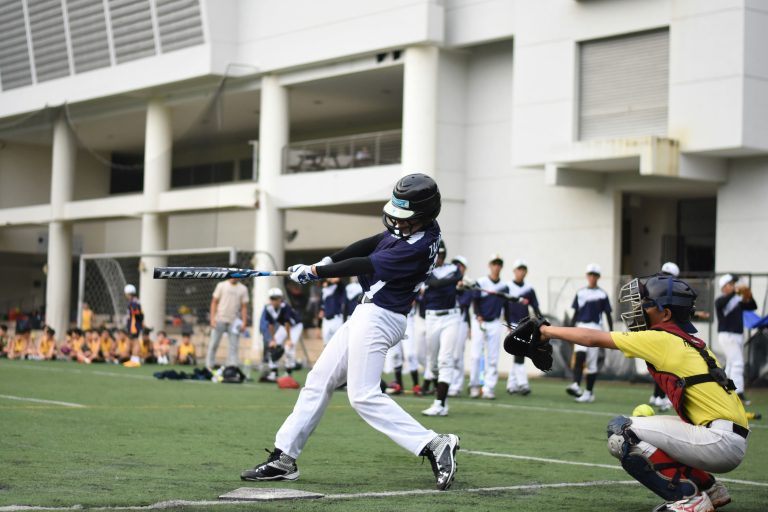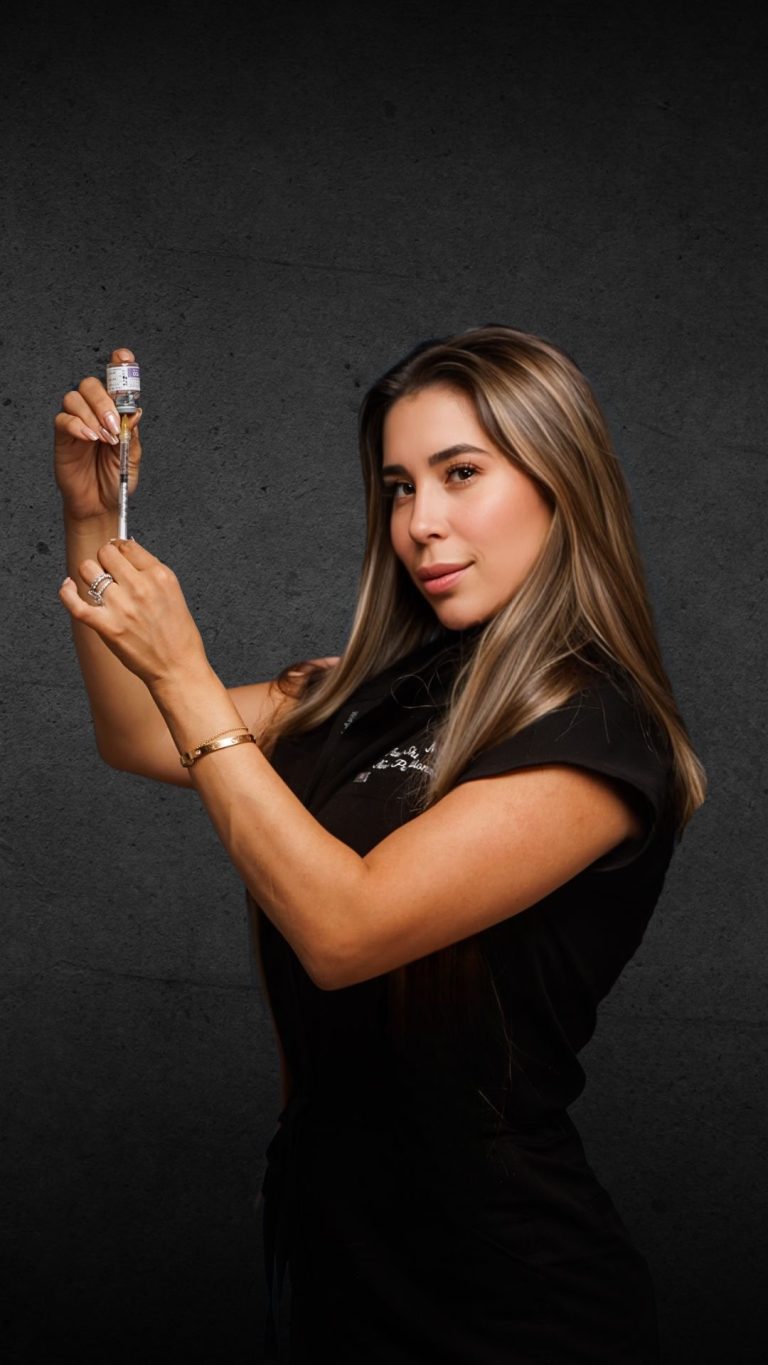
Workout warriors and amateur athletes are taking more and more training cues from their professional counterparts. According to Men’s Journal, the way athletes hone their skills has made remarkable strides since the early days of sport. Today, humans work better, faster and smarter. This is due in part to the fact that athletes and their trainers are gaining a better understanding of the science behind body conditioning and are continually educating themselves with the latest advances in methods, equipment and medicine.
If you aspire to be a professional athlete or are simply a sports enthusiast, there are many ways to optimize your success. We have created a handy cheat sheet of some of the most effective methods athletes use to keep their bodies in top shape throughout their prime — and well into older age, as well.
Always Begin with a Dynamic Warm-Up
Warm-ups are vital before starting any workout and can mean the difference between sustaining an injury or not. A warm up is just that: a warming of the muscles to a higher temperature. This can be as simple as a few minutes of light movements such as arm circles, jumping jacks, squats, dance moves or lunges. Moving dilates your blood vessels and supplies your muscles with oxygen. As the temperature of your muscles rises they become more flexible and efficient which reduces the chance of straining them. Your heart rate slowly increases, too, which alleviates stress on your heart. A solid warm up prepares you for the impact ahead and can even enhance your overall performance.
Coordinate Muscles with Your Training
Muscle coordination is essential when training your body to react to a particular skill you are attempting to master. Golden State Warriors point guard Stephen Curry uses the concept of “neuromuscular overload” which trains the muscles to improve a skill through exaggeration, also a form of “building muscle memory.” The trainers will overload and exaggerate the motions and moves that Curry makes during a game. When he practices his three pointer, for example, he might do so with a heavier-than-normal basketball to increase fitness and ability with this particular skill. This type of training conditions quicker response times, too.
Becoming More Aware During Rests
With the no-pain-no-gain mantra ingrained in many minds, it is easy to push ourselves a little harder than necessary to achieve a fitness goal. One way to mitigate stresses and strains on your muscles and joints as you compete or workout is to become more aware of yourself. We’ve all heard the phrase, “Listen to your body.” These are words to live by for athletes.
Take time out from your workout to consider whether or not your body is catching up to your training. Allow yourself a few minutes to stop, sit down and become aware of your body. Stretch. Breathe. If you feel comfortable during this rest, then you can trust that your body is keeping up.
In addition to taking the necessary physical measures to maintain your body’s health, it is important to educate yourself mentally. Dr. Vonda Wright is an acclaimed orthopedic surgeon and Chief of Sports Medicine and Orthopedics for Northside Health System in Atlanta. One of her many books, Masterful Care of the Aging Athlete, has helped many athletes understand their bodies better, which in turn has helped them improve the ways they workout. Many are discovering that with a little knowledge and care, they can tap into greater athletic potential — at any stage of life.





